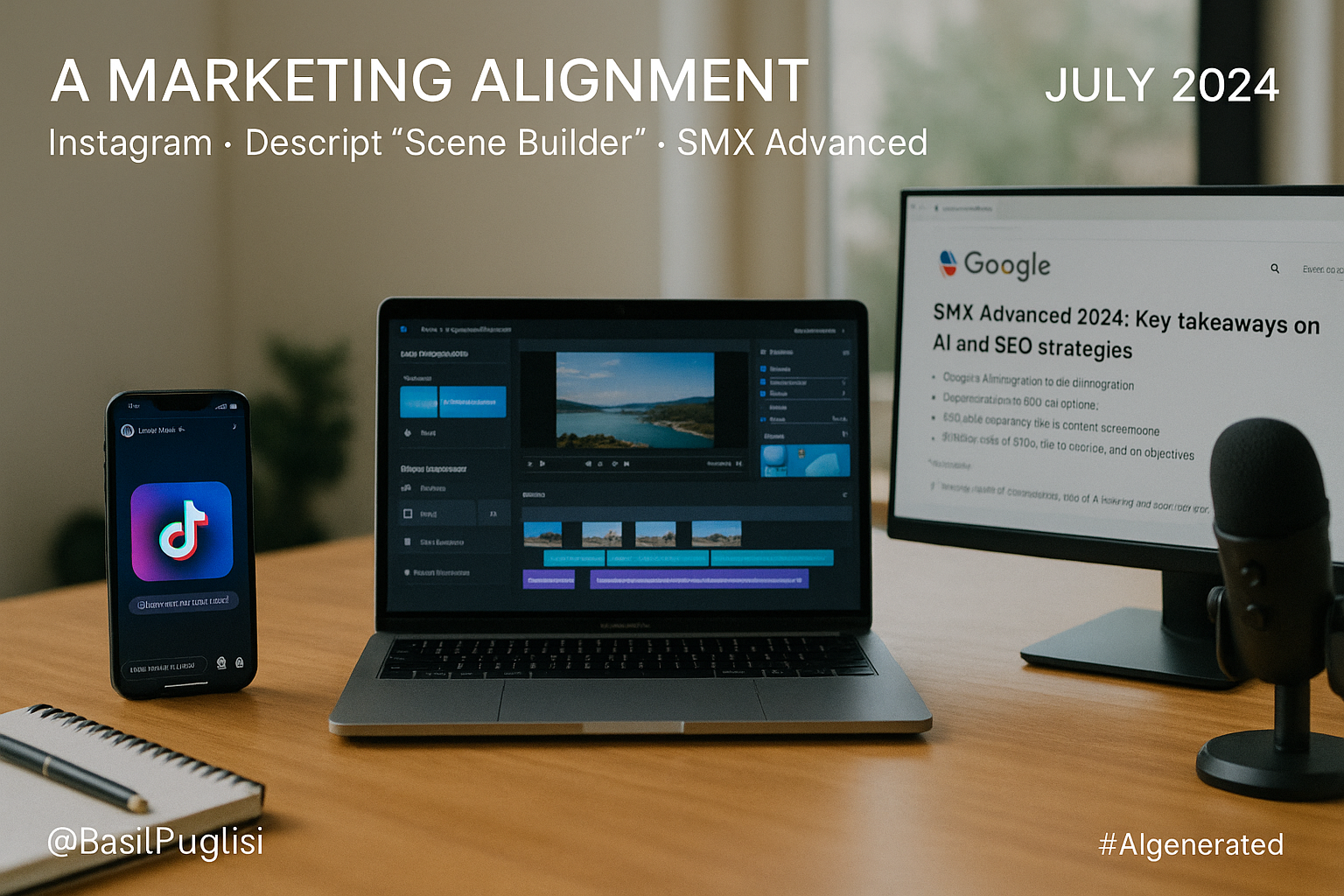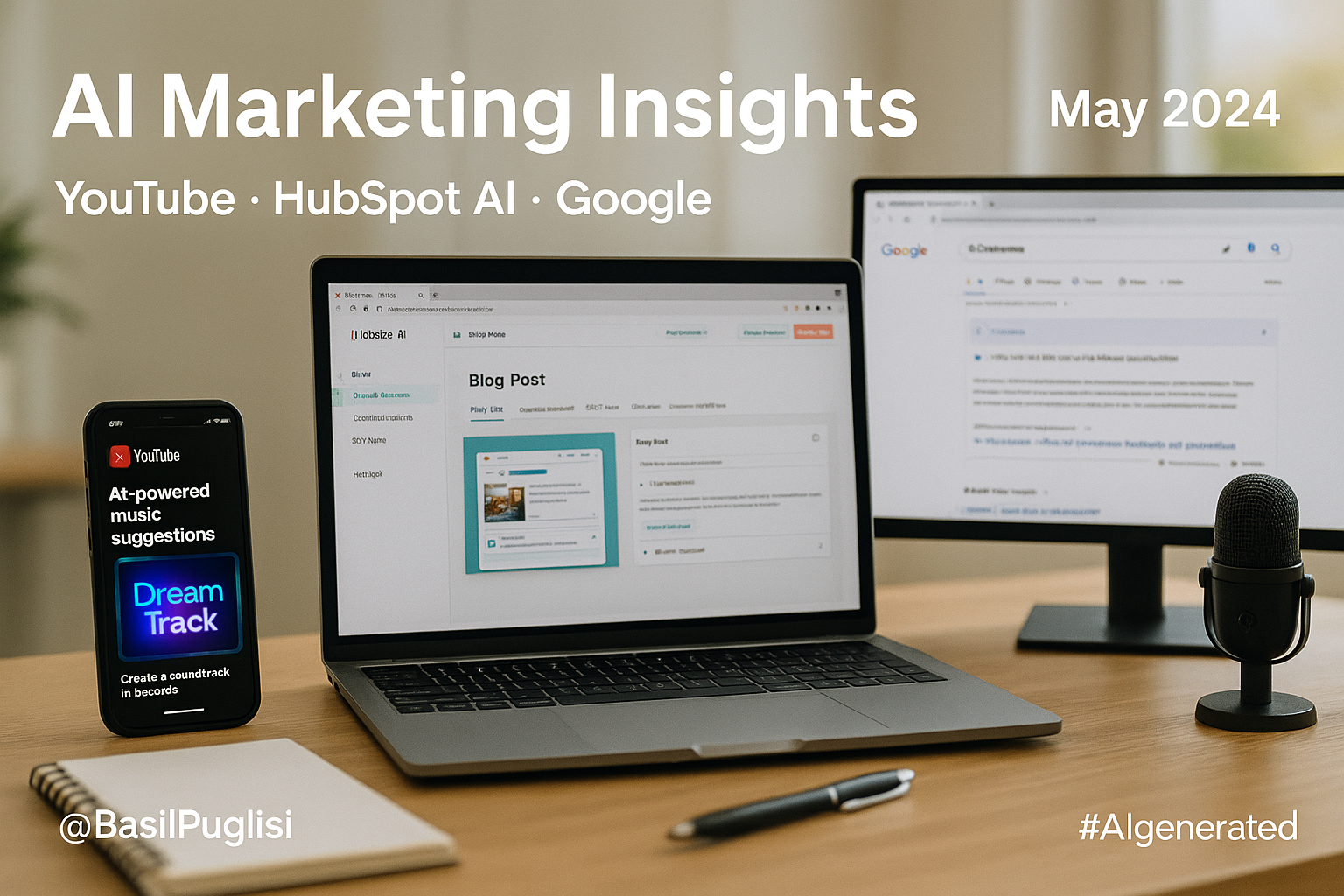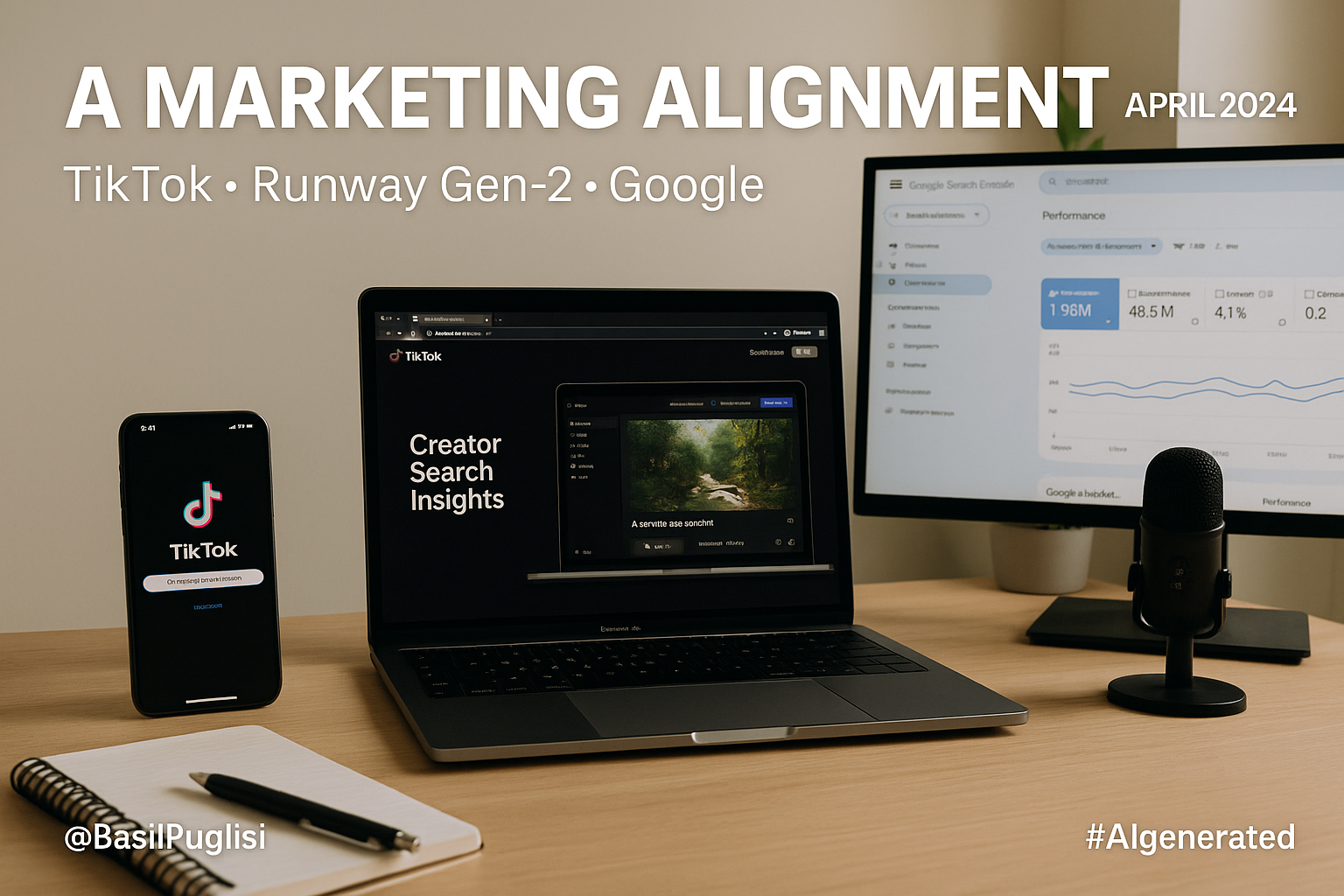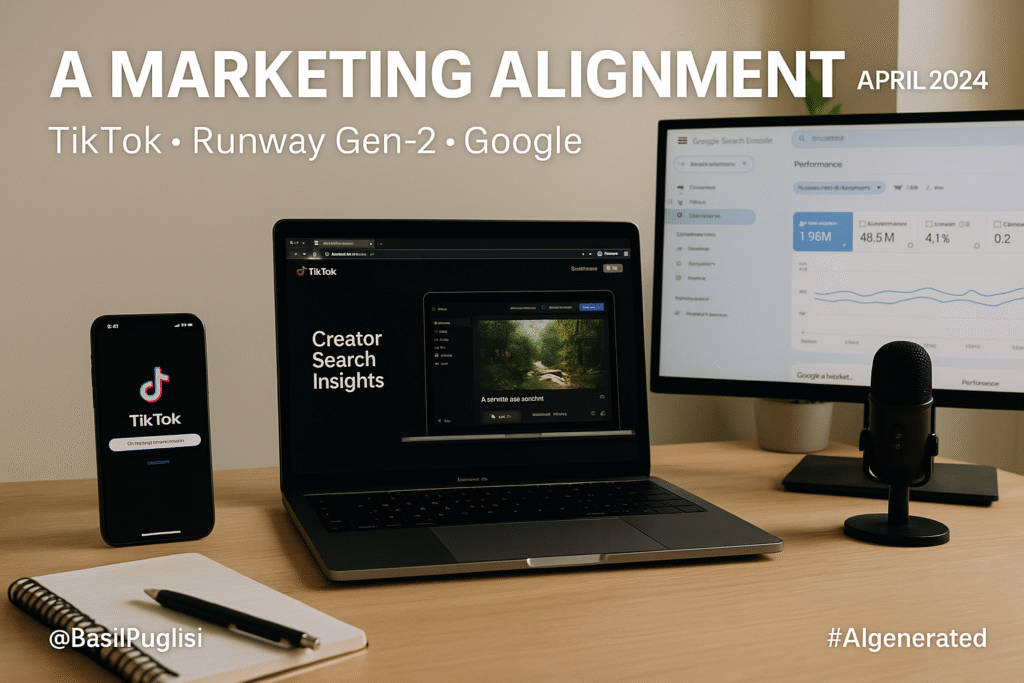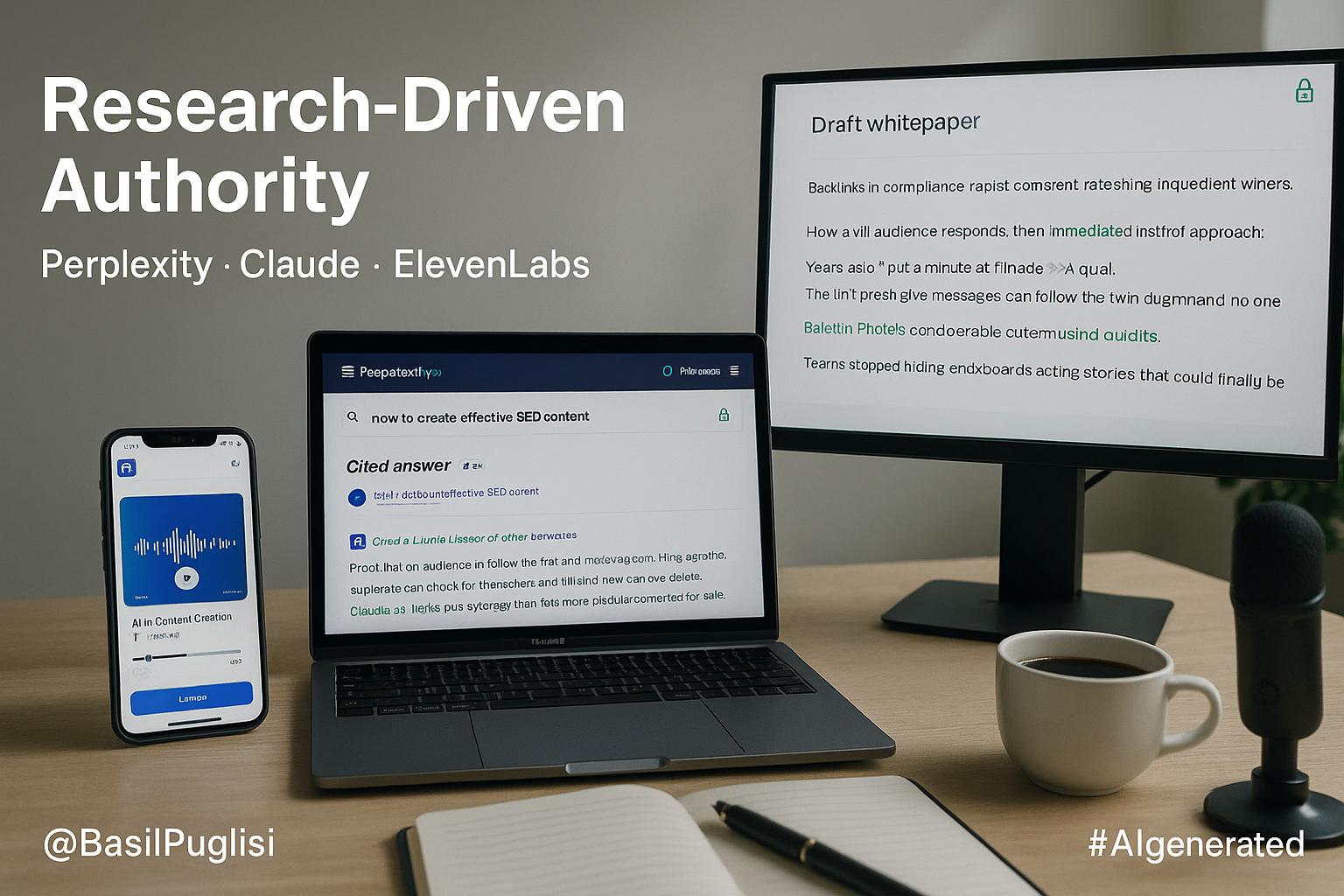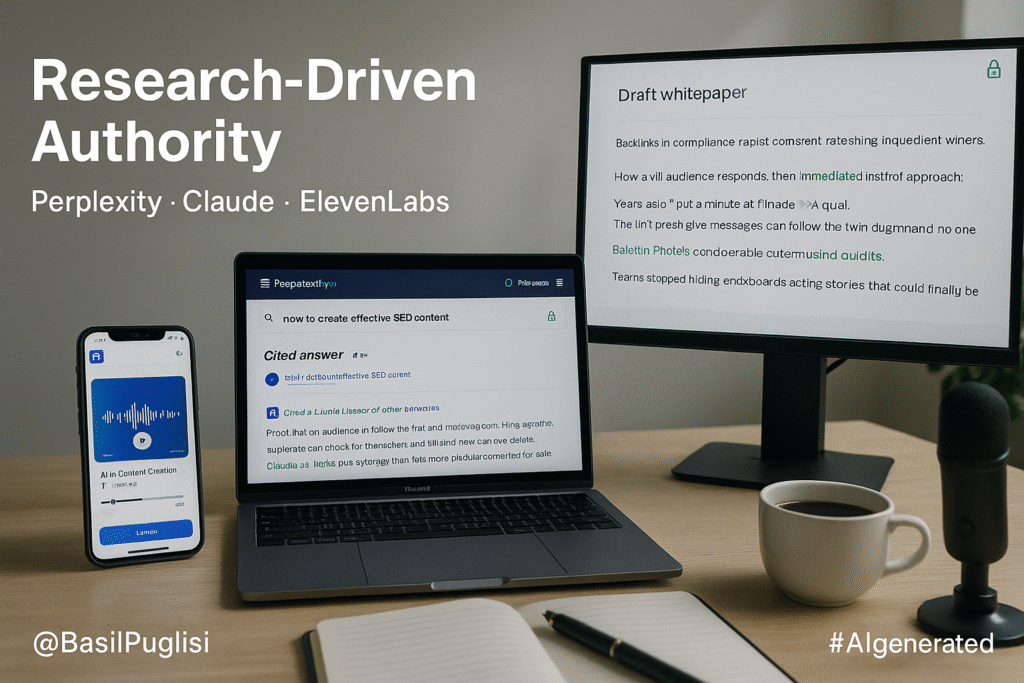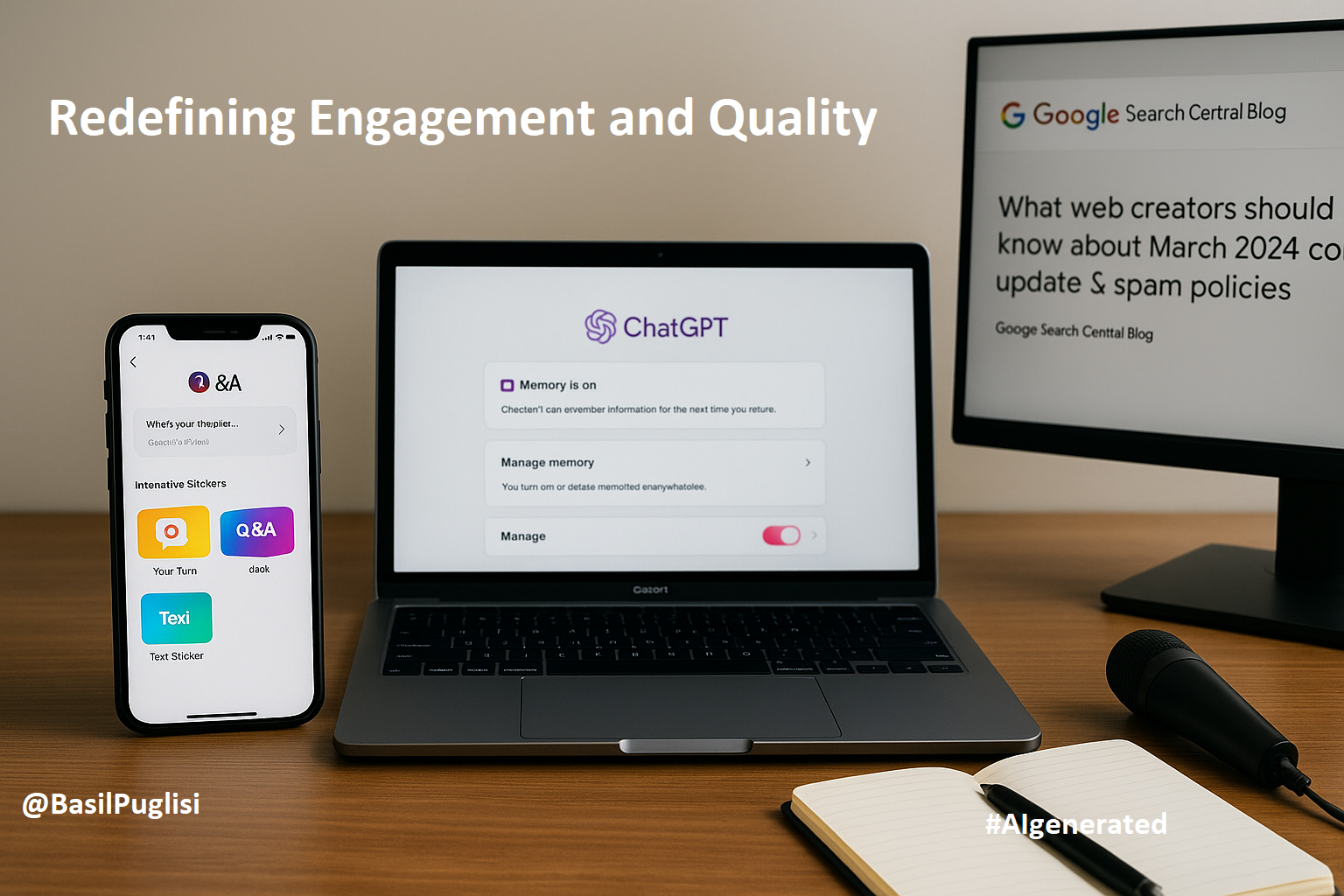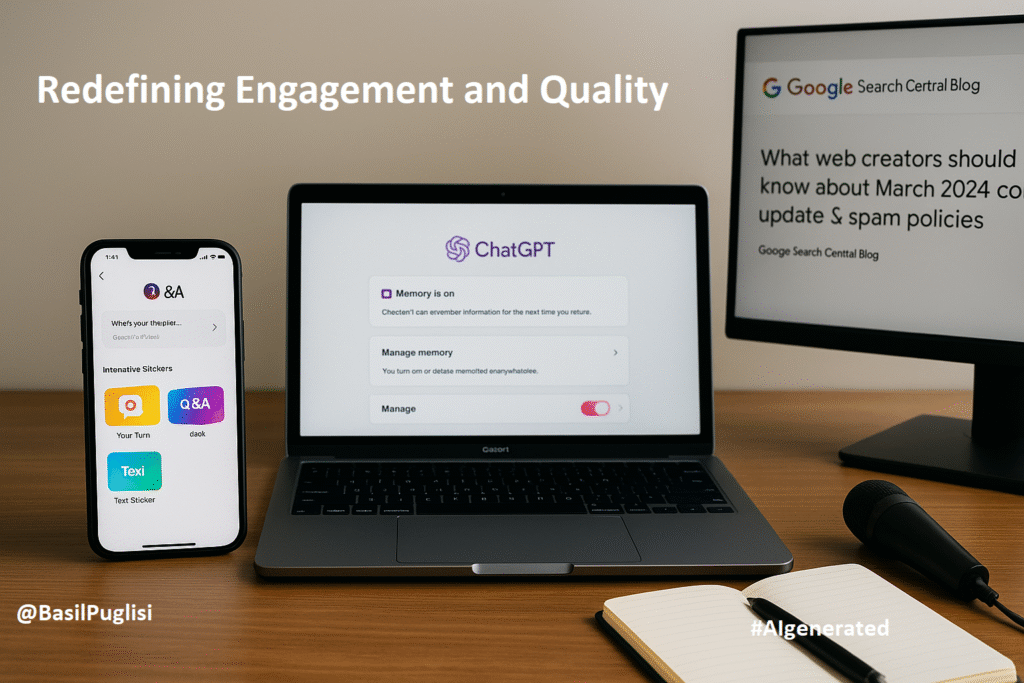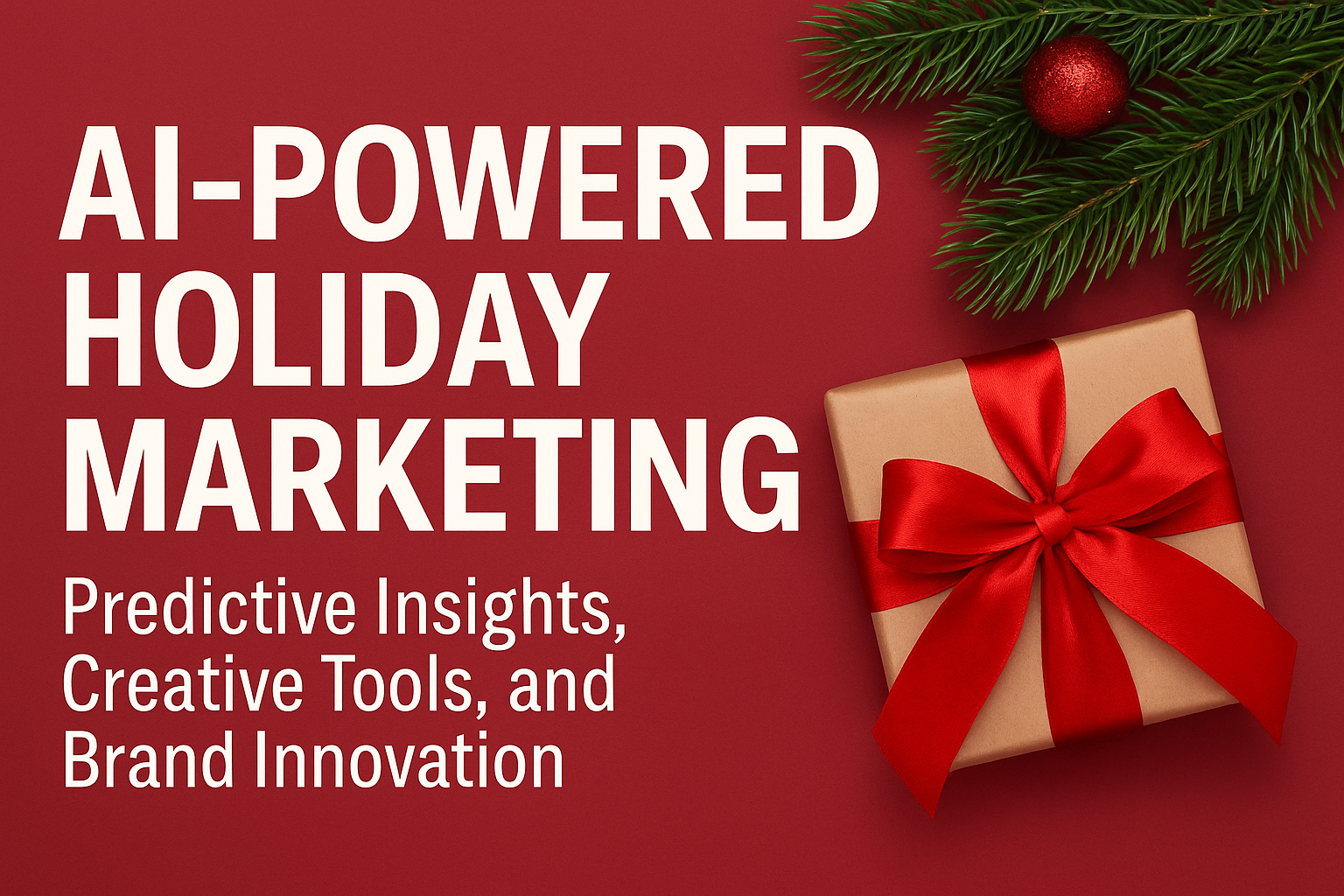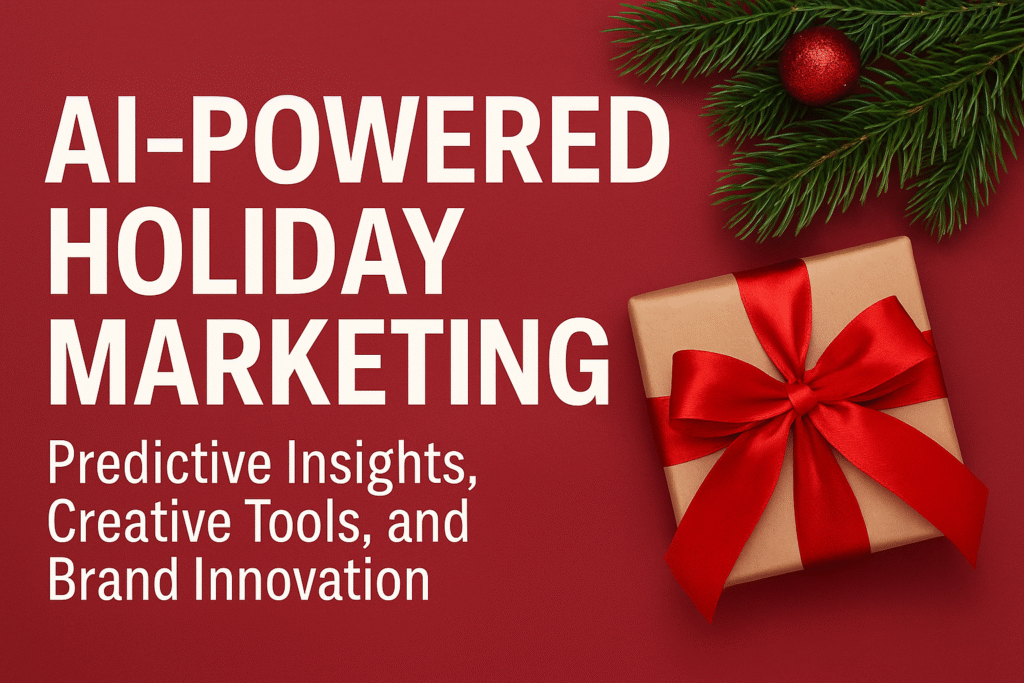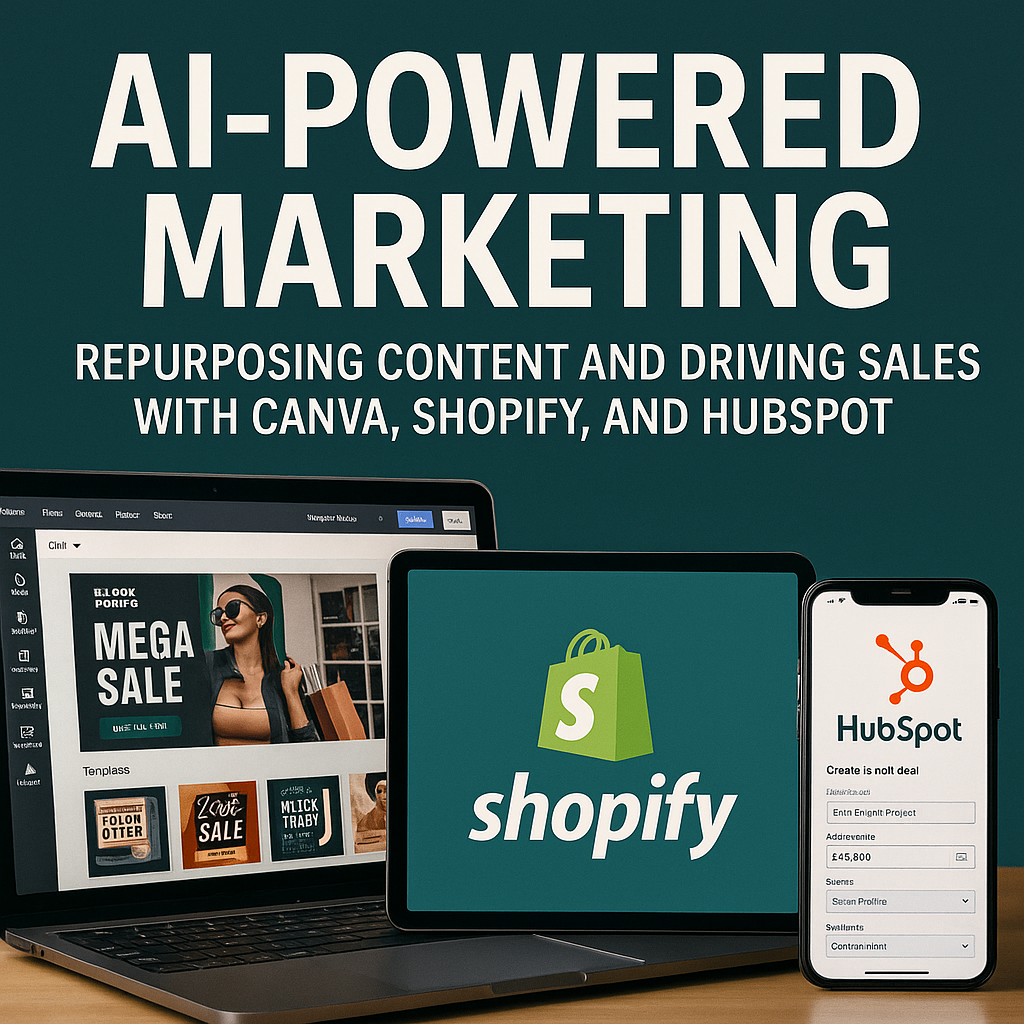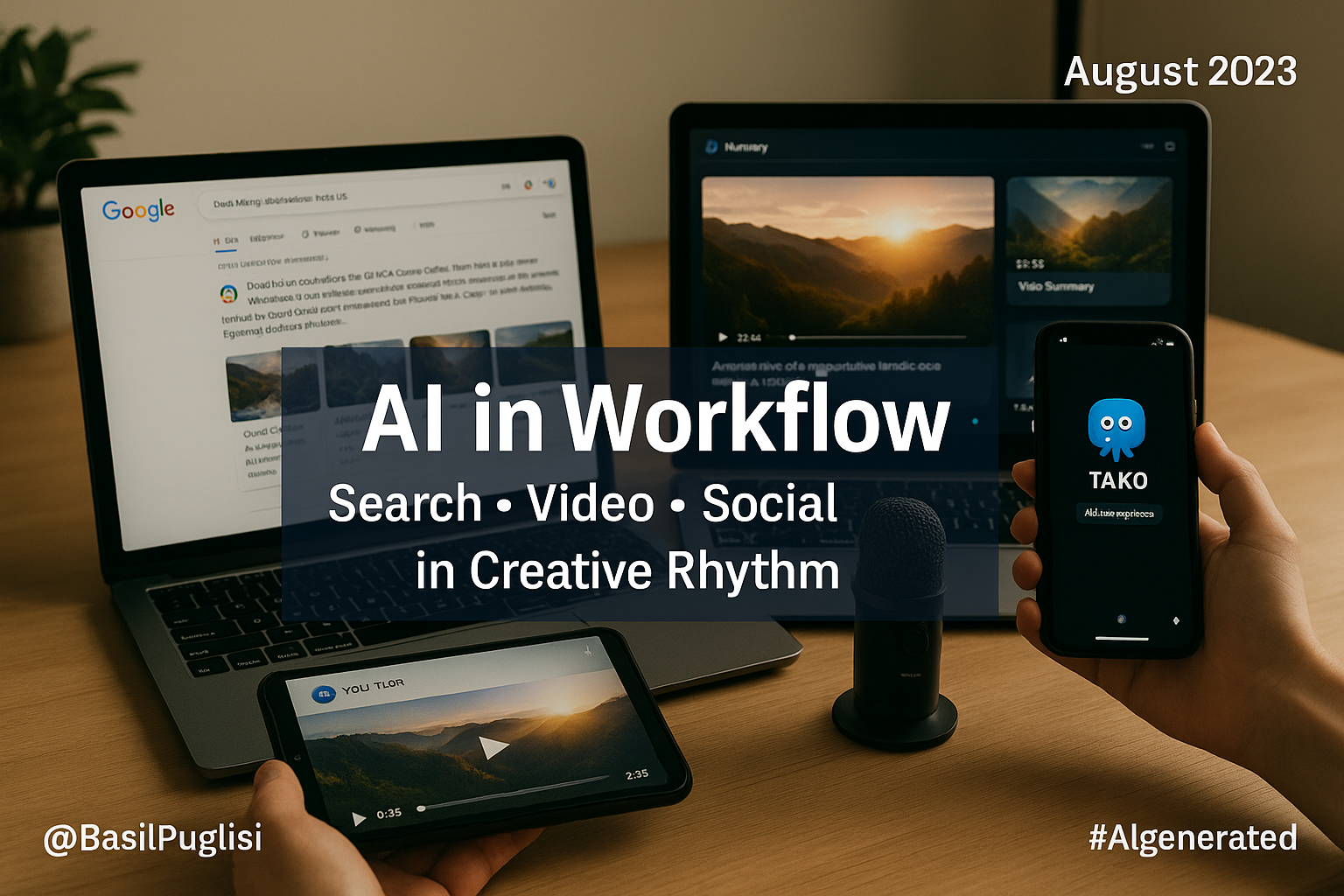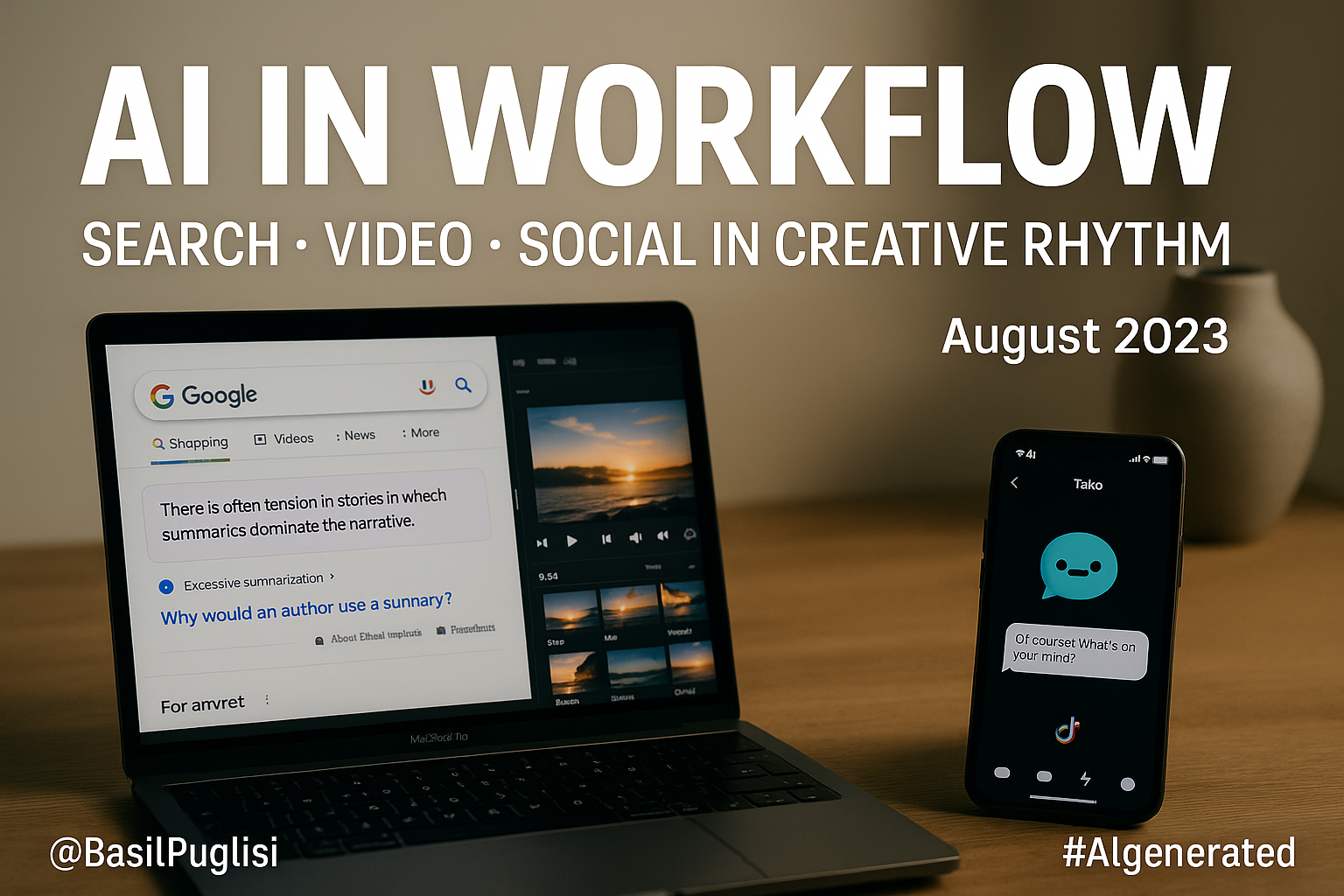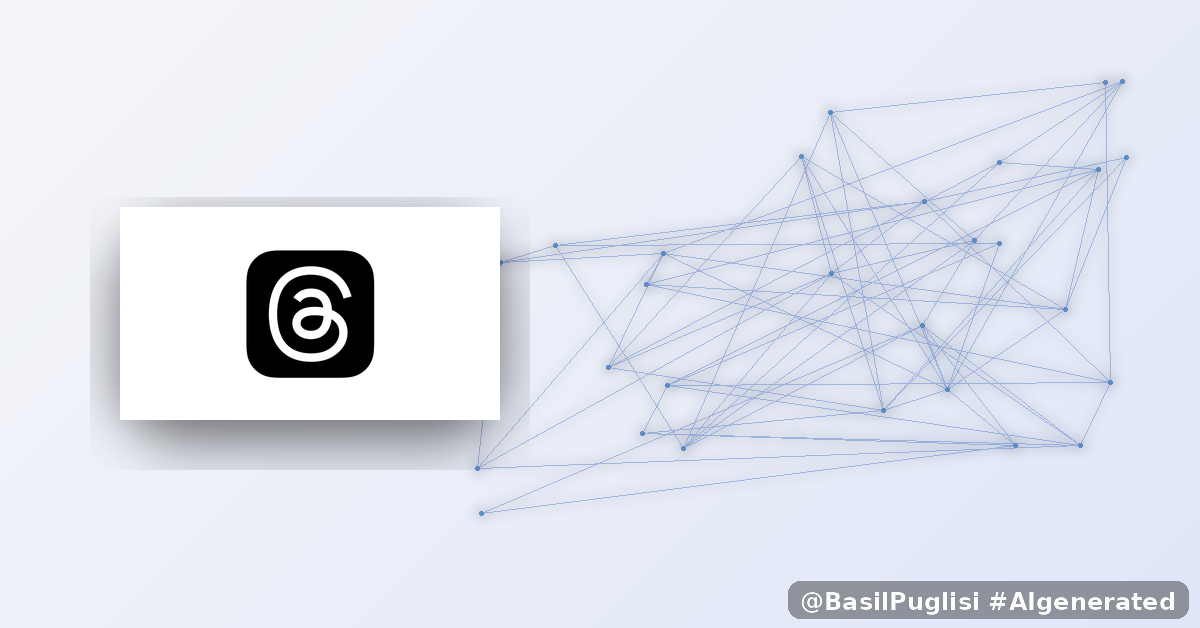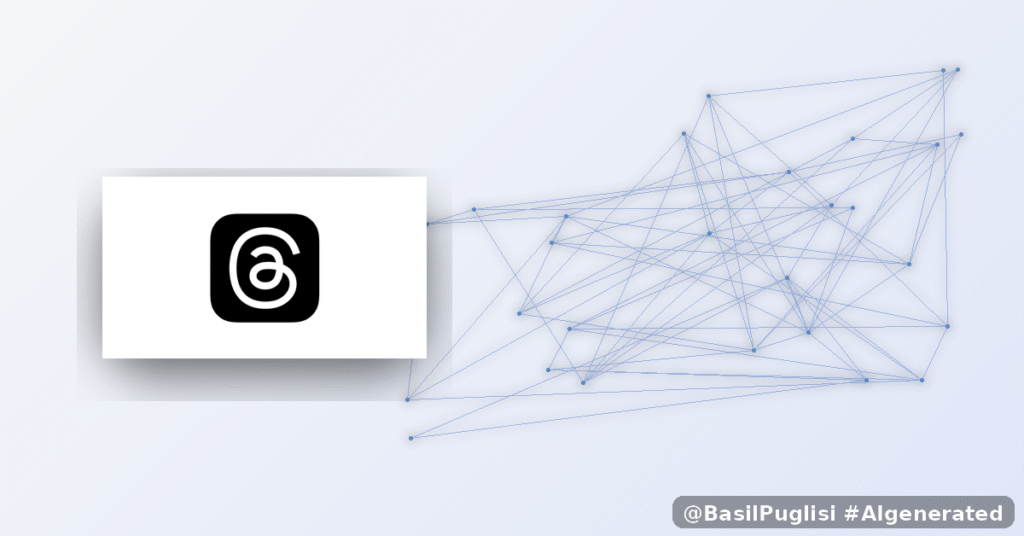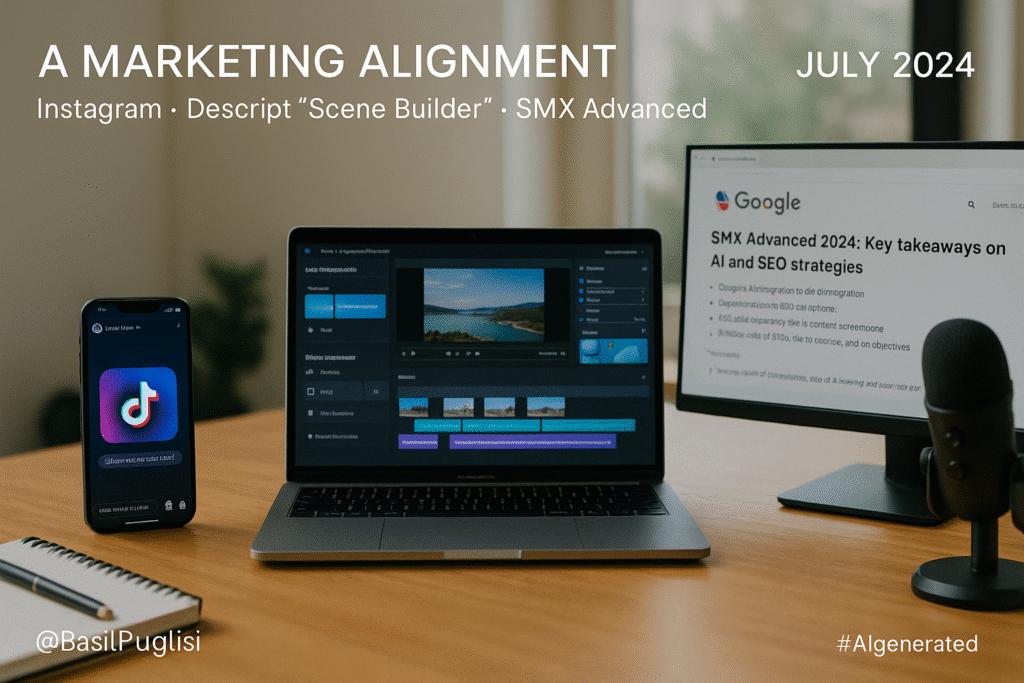
Instagram introduces music into Notes, Descript launches Scene Builder as a new way to assemble video, and SMX Advanced clarifies how AI is reshaping the foundations of SEO. These updates unfold across June, and while they may seem like separate product announcements, their value compounds when used together. A short music-driven Note can spark participation, Scene Builder can turn those responses into quick video cuts, and the SEO frameworks refined at SMX Advanced show how those assets scale into structured visibility. The impact shows up in operations: cycle time per video falls by nearly 50 percent, organic reach lifts into double digits, click-through rates rise on short video call-to-actions, and bounce rates drop as content mirrors the clear flow of scene-based editing. When connected, these levers drive efficiency and depth, the kind of KPIs that convert workflows into measurable momentum.
Factics reveal how lightweight features generate outsized returns. Instagram transforms Notes from a text-only space into a music-driven surface. Users now add songs to short snippets, blending tone with message in ways that feel personal and shareable. For marketers, the tactic is to drop a campaign hook tied to a trending track, inviting followers to respond in a micro-format. The measurable point comes quickly: reply volume and saves increase, creating content fragments that can be repurposed into captions, Stories prompts, or Reels tags. Each Note becomes a low-cost test of resonance, accelerating the process of finding language and cues that audiences adopt.
Descript applies similar logic to editing. Scene Builder reframes video assembly around segments, not timelines. Instead of dragging clips linearly, editors map out scenes that match the story. This visual shift reduces production cycle time and allows creators to A/B test hook scenes with minimal effort. The tactic is clear: assign each scene a title that mirrors a section of the campaign’s landing page, then export multiple versions to test performance across platforms. KPIs track closely: editing hours per finished minute drop by half, retention in the first 30 seconds improves as stronger hooks surface, and the volume of video assets per campaign increases without additional headcount.
At SMX Advanced, AI-powered SEO strategy takes shape in practice. Experts outline how generative tools automate content briefs, generate structured data, and design internal link networks that scale across thousands of pages. The Home Depot case underscores this approach, showing how an enterprise builds custom AI workflows to handle optimization at volume. The tactic for any brand is to treat AI not as a replacement for editorial voice but as a scaffolding system. Automated briefs supply starting points, schema is deployed programmatically, and link models mirror user journeys. The KPI outcome is tangible: more pages are optimized faster, visibility across priority categories improves, and the cost per page optimized falls dramatically.
“Instagram’s Notes feature now lets you add music clips.” — TechCrunch, June 14, 2024
The connective tissue between these updates is not the technology itself but the alignment. A Note prompt validates phrasing and tone, Scene Builder condenses that material into clear sequences, and SEO structures lock those sequences into discoverable, linked artifacts. Factics reinforce the loop: small inputs generate large returns, but only when every step is tied to metrics that compound such as reply volume, edit cycle time, retention curves, CTR on video-to-page links, and bounce rate reduction.
Best Practice Spotlights
The Home Depot — Enterprise SEO at Scale (Search/Technical)
In a session at SMX Advanced, The Home Depot demonstrated how enterprise teams adopt AI to manage search visibility. Their strategy uses AI to automate structured data, streamline content briefs, and model internal links across massive product catalogs. The measurable outcome is scale: thousands of pages now receive consistent optimization, reducing manual SEO hours per page and driving sustained organic visibility.
Paddy Galloway — Scene Builder in Creator Workflows (AI/Creative Tool)
YouTube strategist Paddy Galloway tested Descript’s Scene Builder directly in his own production process. By segmenting his review video into labeled scenes, he quickly created multiple cuts, added B-roll, and tested hook variations. The measurable outcome is efficiency: production time dropped significantly while engagement in the first 30 seconds remained strong, proving how creator-led workflows can scale without sacrificing quality.
Creative Consulting Concepts
B2B — SaaS Feature Launches
Challenge: A SaaS company struggles to keep pace with product updates, leaving marketing assets lagging behind releases.
Execution: Use Instagram Notes with music prompts to collect customer language, structure Descript scenes around that phrasing, and publish landing pages with AI-assisted briefs from SMX learnings.
Expected Outcome (KPI): 40% faster asset turnaround, 15% increase in CTR from video to product hubs, 20% deeper linking into feature docs.
Pitfall: Over-reliance on AI briefs that flatten brand tone; mitigate with editor passes.
B2C — Lifestyle Product Drops
Challenge: A fashion brand needs scalable content for limited drops without stretching budget.
Execution: Seed Notes with tracks tied to the collection’s vibe, build Reels and long-form cuts with Scene Builder, and align campaign pages to that same scene flow with structured data.
Expected Outcome (KPI): 30% increase in video asset volume, 18% lift in short-form engagement, 10% reduction in landing page bounce rate.
Pitfall: Music licensing risk; pre-clear tracks before launch.
Non-Profit — Donor Storytelling
Challenge: Supporter updates feel delayed and text-heavy, leading to lower engagement.
Execution: Weekly Notes prompts drive Q&A themes, Descript scenes produce rapid 60-second updates, and campaign pages use structured data for visibility.
Expected Outcome (KPI): 12% increase in CTR from emails to video, 8% higher donation conversions on structured pages.
Pitfall: Overloading scenes with statistics; keep one emotional anchor per cut.
Closing Thought
Music-driven prompts, scene-first editing, and AI-shaped SEO connect into one workflow, compact signals, faster outputs, and structured discovery all working toward the same KPIs.
References
Descript. (2024, June 4). Meet scenes: A faster, more flexible way to build your video. Descript.
Galloway, P. (2024, June 4). Descript’s new AI features are actually good [Video]. YouTube.
Instagram. (2024, June 11). Introducing music on Instagram Notes. Instagram.
PCMag. (2024, June 11). Descript adds Scene Builder, AI-powered publishing assistant. PCMag.
TechCrunch. (2024, June 14). Instagram’s Notes feature now lets you add music clips. TechCrunch.
